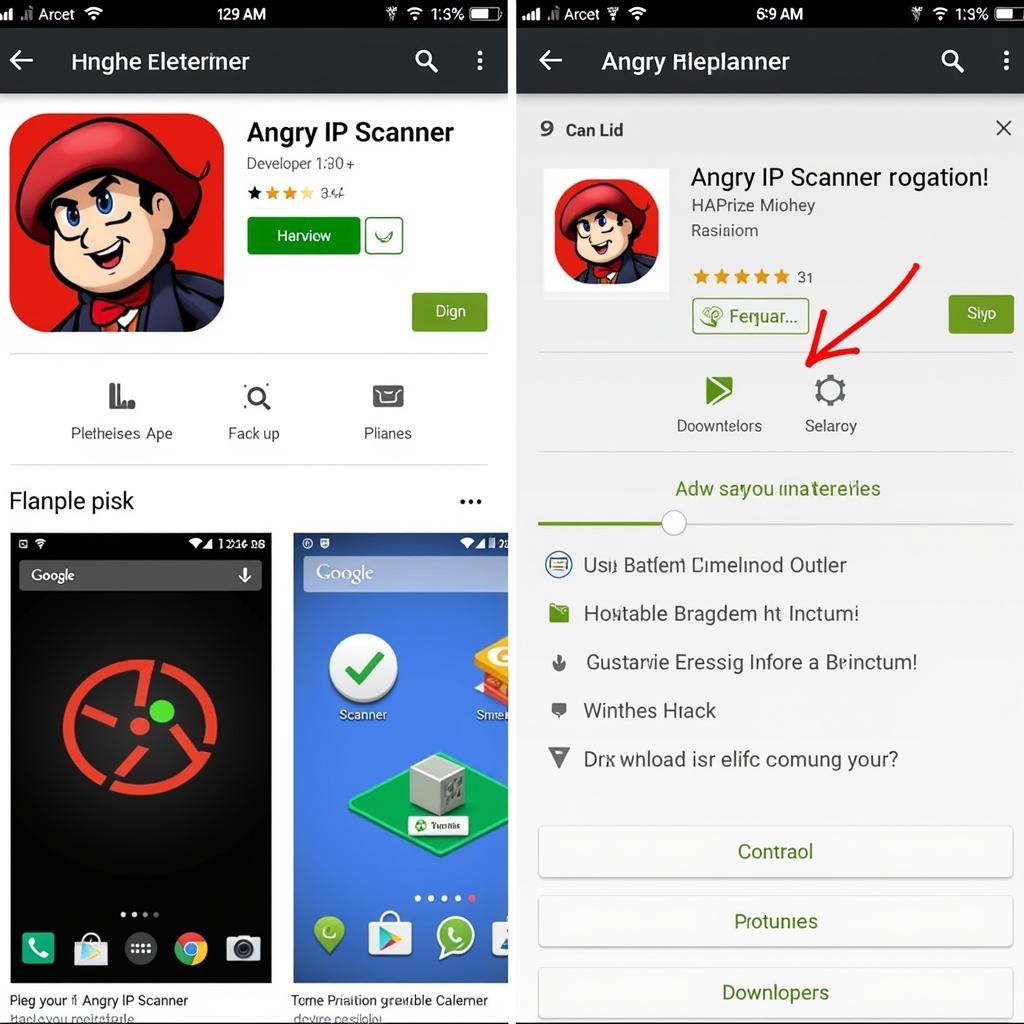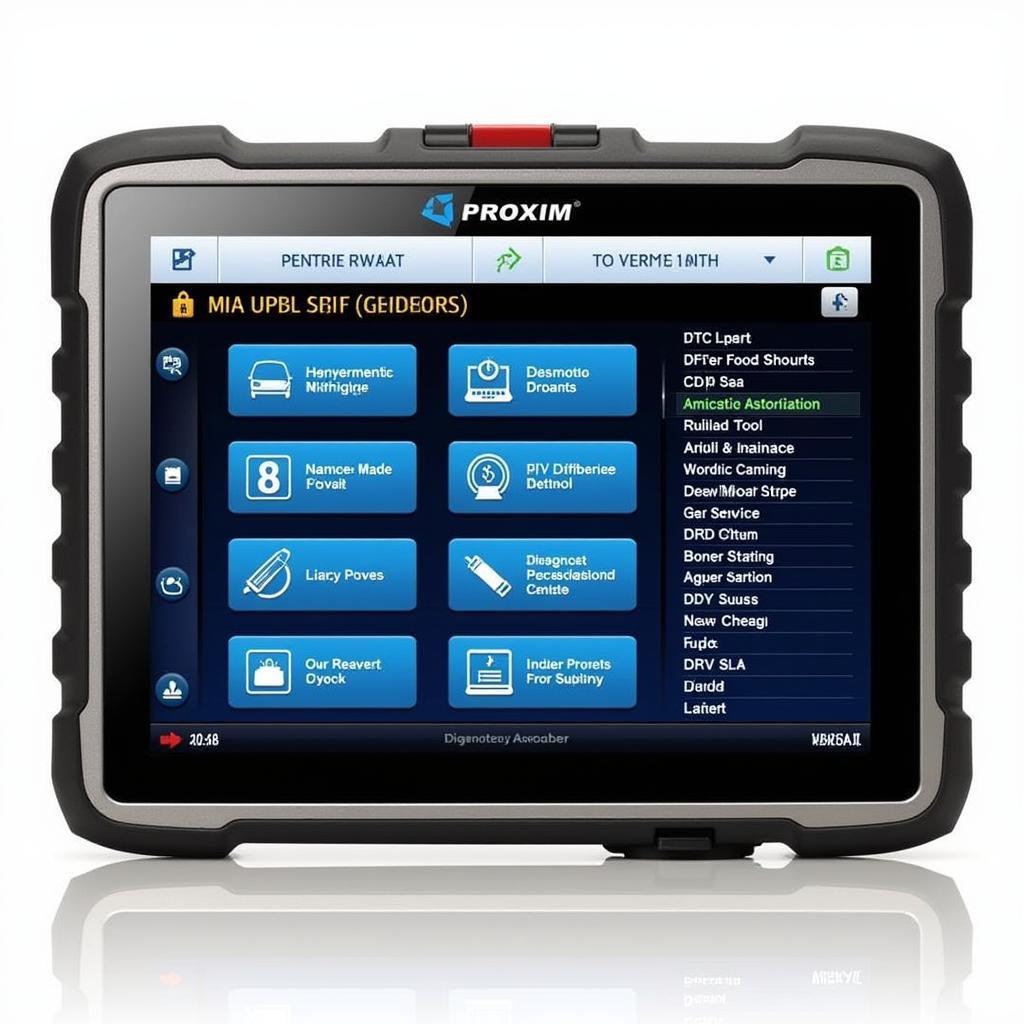Reading car trouble codes without a scan tool might seem impossible in today’s technologically advanced vehicles. However, with a bit of know-how, you can often retrieve diagnostic codes without specialized equipment. This article will guide you through various methods for How To Read Codes Without Scan Tool, empowering you to troubleshoot car problems efficiently.
There are times when a scan tool isn’t readily available, yet understanding the source of your vehicle’s woes is crucial. Thankfully, several older vehicle models offer alternative ways to access these diagnostic codes, allowing you to pinpoint the issue. This can range from using a simple jumper wire to observing the behavior of your dashboard warning lights. Let’s explore these methods to unlock your inner automotive detective. Check out how to read engine codes without scan tool for more information.
Deciphering the Secrets: Reading Codes Without a Scanner
Several techniques allow you to retrieve diagnostic trouble codes (DTCs) without a scan tool. These methods primarily work on older vehicles (pre-OBD-II, generally before 1996). Newer cars rely heavily on standardized OBD-II systems requiring a compatible scan tool.
The Jumper Wire Method: A Direct Line to Your Car’s Brain
For many older vehicles, a simple jumper wire can be used to retrieve codes. Locate the diagnostic port, usually under the dashboard or in the engine bay. This port often has a label identifying it as the diagnostic connector. Consult your vehicle’s service manual for the exact location and pin configuration. By shorting specific pins with a jumper wire (again, consult your service manual for the correct pins), you can trigger the check engine light to flash a sequence of codes.
Reading the Blinking Check Engine Light: Morse Code for Your Car
Once the diagnostic port is jumped, the check engine light will begin to blink. This isn’t random; it’s a sequence representing the trouble codes. Long blinks typically represent tens, and short blinks represent ones. For example, a code 12 would be represented by one long blink, a pause, and then two short blinks. Carefully record the sequence of blinks to decipher the codes.
Consulting the Service Manual: Your Car’s Rosetta Stone
Your vehicle’s service manual is invaluable when reading codes without a scan tool. It contains the specific code definitions for your make and model. Once you’ve recorded the blinking light sequence, refer to the manual to identify the corresponding trouble codes and their meanings.
If you’re looking for scan tool for heavy truck, you’ll find a range of options available.
Understanding the Limitations: When a Scan Tool is Necessary
While these methods can be effective for older vehicles, they have limitations. They don’t provide the detailed information a scan tool offers, such as freeze frame data, pending codes, and sensor readings. For complex diagnostic issues, especially in newer vehicles with OBD-II systems, a scan tool is essential.
What about newer vehicles?
Modern vehicles (post-1996) are equipped with OBD-II systems, making it more difficult to retrieve codes without a dedicated scan tool. The OBD-II system utilizes a standardized 16-pin diagnostic connector and requires a compatible scanner to access the stored codes. For these vehicles, investing in a quality scan tool is recommended for accurate diagnostics. If you want to retieve srs codefor 2003 kia optima without a scan tool, a dedicated scanner is your best bet.
Why Invest in a Scan Tool?
Although resourceful methods exist for how to read codes without scan tool, a dedicated scan tool provides comprehensive diagnostic capabilities, saving you time and potential misdiagnosis. It gives you a detailed overview of your vehicle’s health, allowing you to identify and address problems effectively. Check out options like the bosch ads 325 diagnostic scan tool 3925 for advanced diagnostics. You can also learn more about car diagnostic scanner codes in this article.
Enhanced Diagnostic Power: Beyond Basic Codes
Modern scan tools offer advanced features like live data streaming, allowing you to monitor sensor readings in real-time. This is crucial for diagnosing intermittent issues that might not trigger a stored code. Additionally, they can access manufacturer-specific codes, providing deeper insights into your vehicle’s systems.
Conclusion: Empowering Your Automotive Knowledge
Understanding how to read codes without scan tool provides a basic level of diagnostic capability, especially for older vehicles. However, a dedicated scan tool is an invaluable investment for comprehensive diagnostics, particularly in modern OBD-II equipped cars. This knowledge empowers you to tackle car troubles confidently and efficiently. For more information or assistance with automotive diagnostics, contact ScanToolUS at +1 (641) 206-8880. Our office is located at 1615 S Laramie Ave, Cicero, IL 60804, USA. We are always here to help you!


